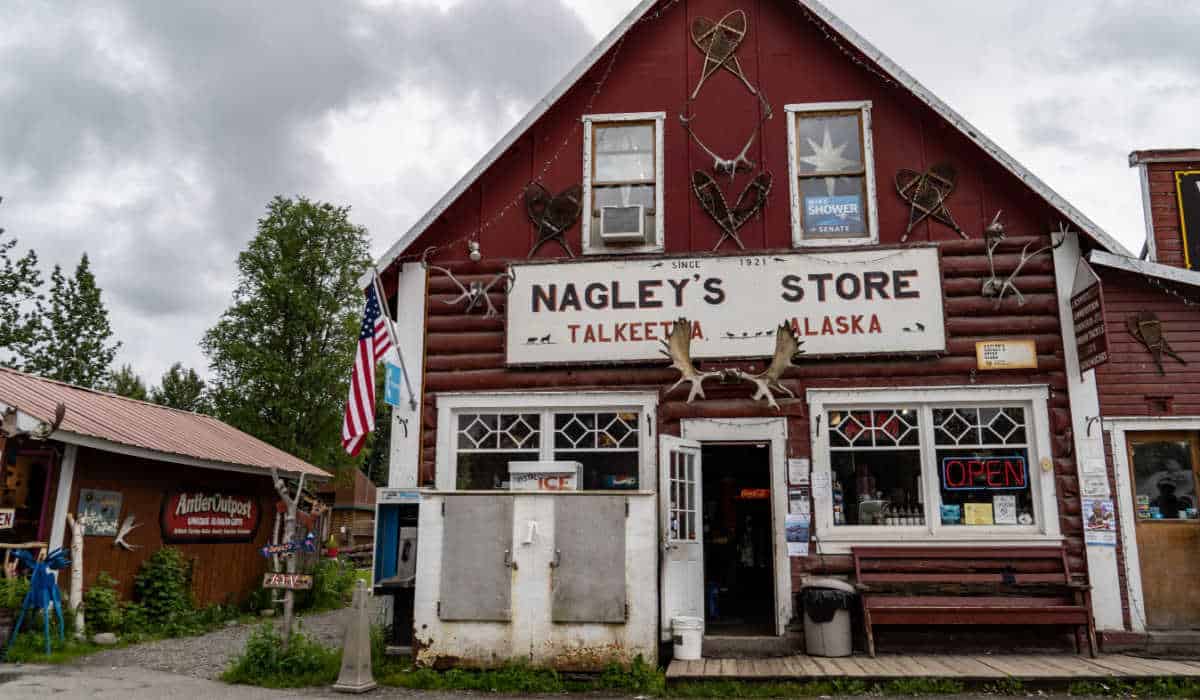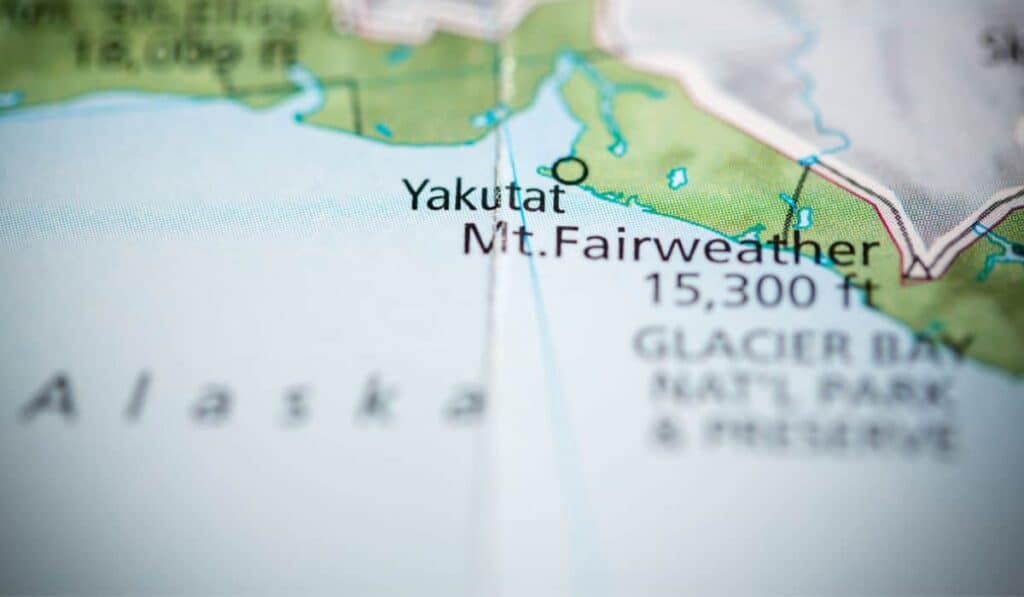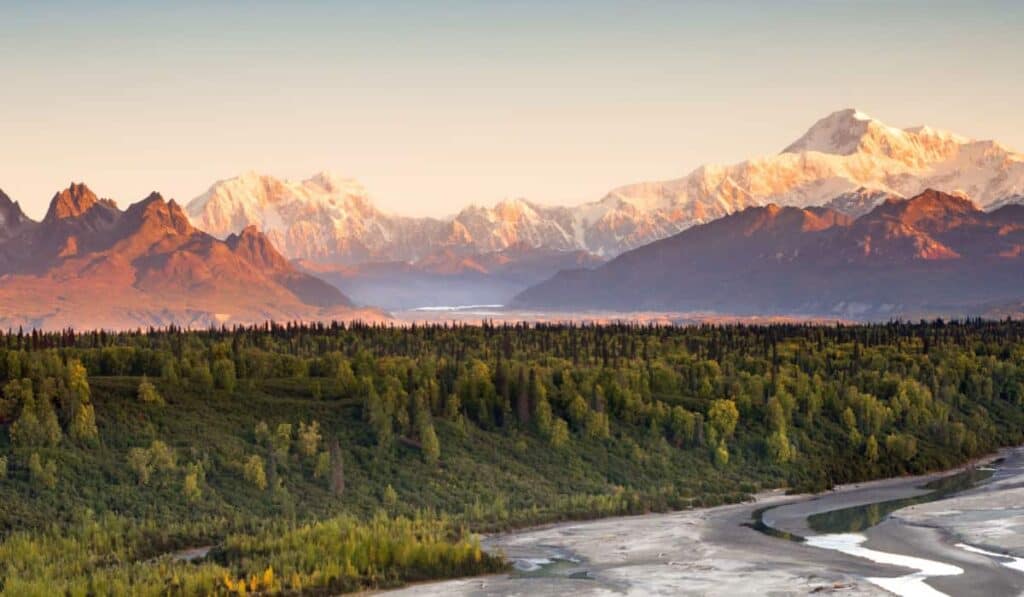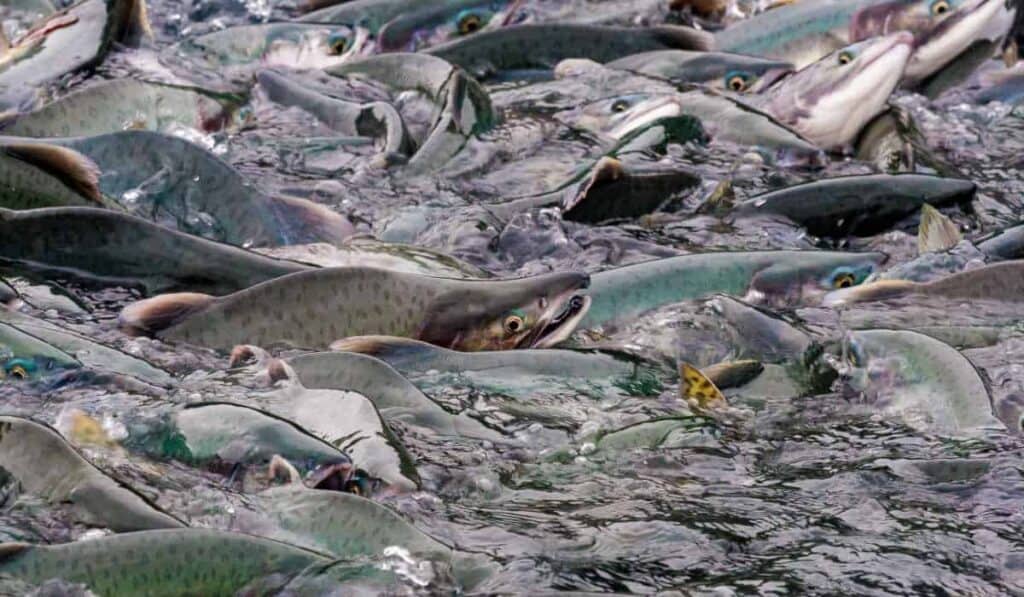I was down in Arizona a few months back with a close friend of mine and we went into Walmart to buy some cold medicine for her dad, which required age verification.
The cashier looked at our IDs and saw that we were from Alaska and I saw the familiar look of shock quickly replaced by a smile, which we often get when we’re in Arizona.
She says, “You’re from Alaska?! I saw a video on TikTok that said milk was $20 a gallon up there, is that true?”
Then her boss came up to talk to her about a pallet of kidney beans in the warehouse or something, so we didn’t really get to finish our answer. I hope she somehow finds this article and gets a better explanation.
The short answer is, as is often the case, that it depends on which part of Alaska in you’re in.
Cities and Larger Towns
A gallon of 2% Darigold Milk in Juneau is $3.99 at Fred Meyer (a store in the Kroger family), which is the cheapest in town. I know this because I bought one yesterday.
There are obviously more expensive options. The convenience store near my house sells them for about $6.99 or I could DoorDash a gallon of Lucerne from Safeway (their generic brand) for $6.75.
In Ketchikan, Sitka, Anchorage, Fairbanks, and the rest of Alaska’s “big” cities (by “big,” I’m saying like 1,000 or more people), the prices will be maybe a dollar or two in either direction, depending on sales and the size of the store.
However, this doesn’t cover the small communities, which I’ve noted in the past are radically different from Alaska’s largest.
Bush Villages and Small Communities
In the specific video posted by @EmilyInAlaska_ on TikTok a few years back, the price of a gallon of milk is shown as $18.99.
I’ve never met the lady, have never seen her videos, and have no clue which community she lives in because a Google search reveals that she’s never given out that information (and understandably so).
However, I do know that her TikTok was accurate.
In a few bush communities and other extremely rural places in Alaska, a gallon of liquid milk can reach around $20.
I mentioned in a previous article that most Alaskans in smaller communities drink powdered milk and this is a large part of the reason why. It’s a lot cheaper and lasts a lot longer than a gallon of Darigold refrigerated milk.
Why Is Milk So Expensive In Alaska?
The reason that milk is so expensive in these places (that represents a small portion of Alaskan milk sales, by the way) is the lengths the stores have to go to just to get them.
I’m going to give an example here and I’d like to state for the record that it is just an example. I have no knowledge of the inner workings of every store in Southeast Alaska, but this is roughly how it works.
The gallon of milk we’re about to buy starts out in Seattle, Washington, where the distributor loads it onto a barge that sets sail for Ketchikan through the Inside Passage.
A day or two later, that gallon of milk arrives in Ketchikan, where it goes to either a grocery store or directly to a shipping company.
From Ketchikan, it travels either on a float plane or inside a truck on a ferry headed to Prince of Wales Island, where it is taken to the island’s grocery store in Klawock.
Other communities on Prince of Wales have small markets or convenience stores, but the only true grocery store is in Klawock.
The owners of those markets or stores typically buy their products from the store in Klawock, although sometimes they might go to Ketchikan at their own expense and bring back some products.
This means that if you’re in a town like Coffman Cove (population 127), our gallon of milk has traveled from three other cities to get to your local store and it could have been in transit for a week or more.
I don’t know the actual price of milk in Coffman Cove or if the store there even sells it, but this is just an example based on facts that I do know.
Assuming they do, however, you’re paying for a lot of shipping costs since the price of fuel isn’t very cheap.
As a perishable product, you’ll be paying a little more, too, because of the inherent risk these stores take on buying the product in the first place.
If it costs the shop owner $10 for both product and shipping to get the milk into his store, it makes business sense to charge extra to cover the cost of any product that isn’t bought in time.
Say you own the shop and you get 5 gallons of milk for a cost of $10 each. You sell them for $15 a piece to make a bit of profit and stay in business.
However, one of your regular families is out of town as they’ve gone down south to visit relatives. You only sell three of those five gallons for a total of $45. You’ve lost $5 because two of them spoiled.
If you charge $20 a piece, you only need to sell three of the five to earn a $10 profit and therefore be able to stay in business. The milk itself has been in the hands of three or four companies at this point which also need to make a profit, hence the markup.
Final Thoughts
To sum up and give a direct answer to our question, yes, there are certain places in Alaska where milk can be as high as $20 a gallon.
However, these are not representative of the state at large, as they only apply to certain smaller communities in select parts of the state.
According to the USDA, the average price in the United States for a gallon of milk is $3.59. In Alaska, the average price is only twenty cents higher at $3.79.
Hawaii is actually the most expensive state for milk (for obvious reasons), with the average cost being $4.69 a gallon.
I hope this clarifies things and doesn’t scare you away from wanting to visit Alaska. If you’re coming here on a cruise, you won’t find $20 gallons of milk.
One thing I can promise that you will see, though, is plenty of beautiful sights and amazing wildlife!







